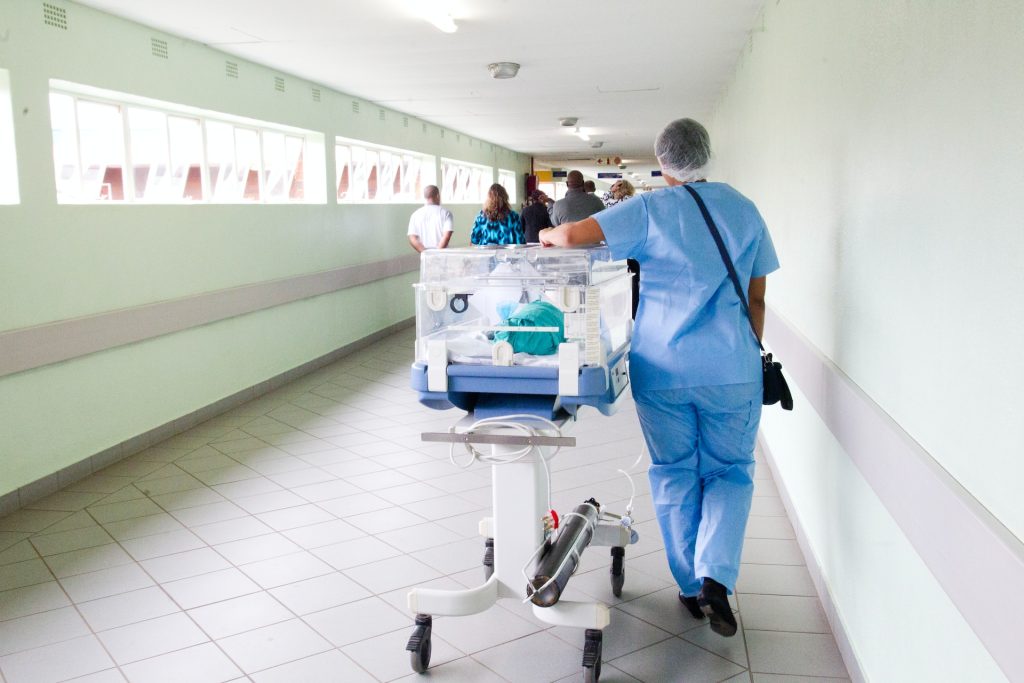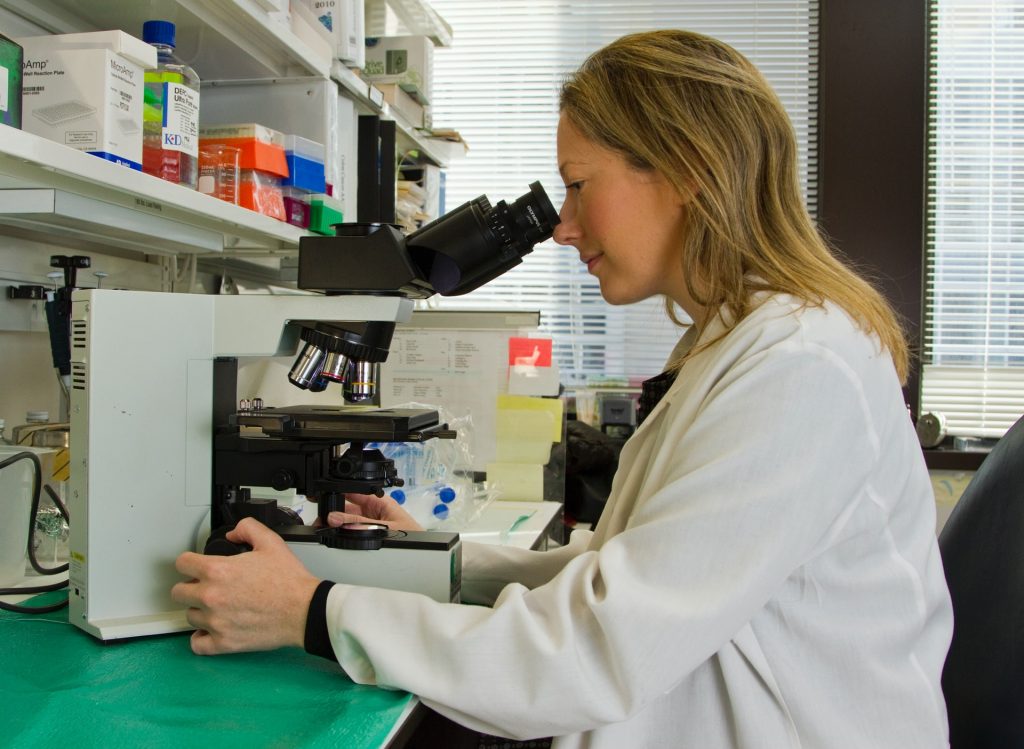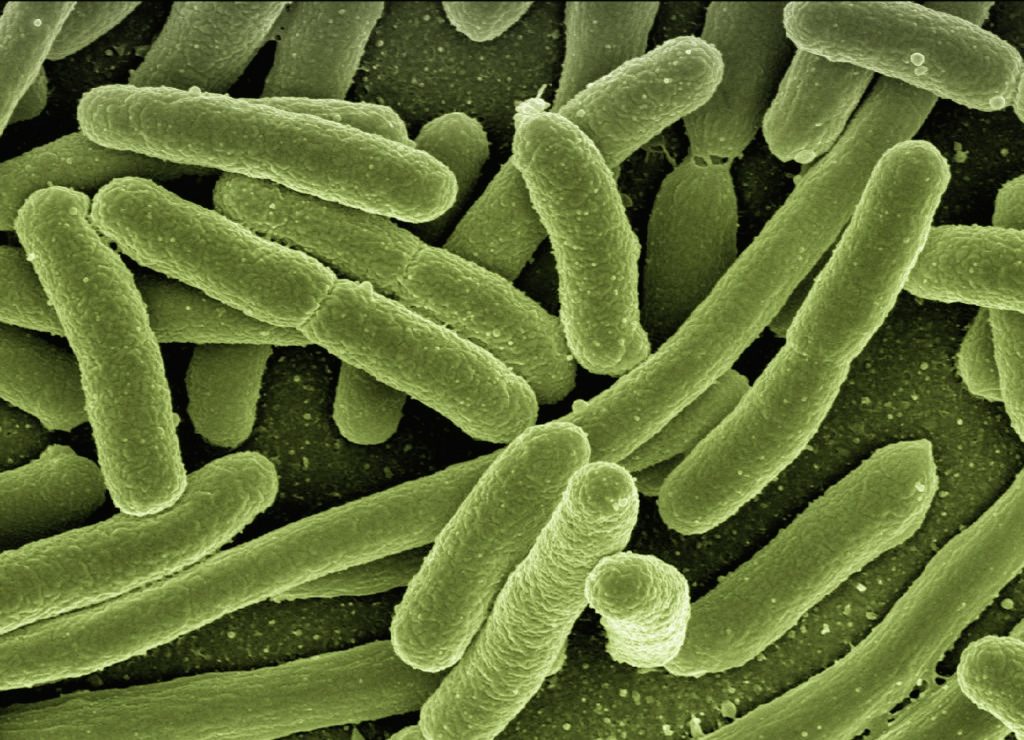More Often than Not, Hospital Pneumonia Diagnoses are Revised

Pneumonia diagnoses are marked by pronounced uncertainty, according to an AI-based analysis of over 2 million hospital visits. The study, published in Annals of Internal Medicine, found that more than half the time, a pneumonia diagnosis made in the hospital will change from a patient’s entrance to their discharge – either because someone who was initially diagnosed with pneumonia ended up with a different final diagnosis, or because a final diagnosis of pneumonia was missed when a patient entered the hospital (not including cases of hospital-acquired pneumonia).
Understanding that uncertainty could help improve care by prompting doctors to continue to monitor symptoms and adapt treatment accordingly, even after an initial diagnosis.
Barbara Jones, MD, pulmonary and critical care physician at University of Utah Health and the first author on the study, found the results by searching medical records from more than 100 VA medical centres across the country, using AI-based tools to identify mismatches between initial diagnoses and diagnoses upon discharge from the hospital. More than 10% of all such visits involved a pneumonia diagnosis, either when a patient entered the hospital, when they left, or both.
“Pneumonia can seem like a clear-cut diagnosis,” Jones says, “but there is actually quite a bit of overlap with other diagnoses that can mimic pneumonia.” A third of patients who were ultimately diagnosed with pneumonia did not receive a pneumonia diagnosis when they entered the hospital. And almost 40% of initial pneumonia diagnoses were later revised.
The study also found that this uncertainty was often evident in doctors’ notes on patient visits; clinical notes on pneumonia diagnoses in the emergency department expressed uncertainty more than half the time (58%), and notes on diagnosis at discharge expressed uncertainty almost half the time (48%). Simultaneous treatments for multiple potential diagnoses were also common.
When the initial diagnosis was pneumonia, but the discharge diagnosis was different, patients tended to receive a greater number of treatments in the hospital, but didn’t do worse than other patients as a general rule. However, patients who initially lacked a pneumonia diagnosis, but ultimately ended up diagnosed with pneumonia, had worse health outcomes than other patients.
A path forward
The new results call into question much of the existing research on pneumonia treatment, which tends to assume that initial and discharge diagnoses will be the same. Jones adds that doctors and patients should keep this high level of uncertainty in mind after an initial pneumonia diagnosis and be willing to adapt to new information throughout the treatment process. “Both patients and clinicians need to pay attention to their recovery and question the diagnosis if they don’t get better with treatment,” she says.
Source: University of Utah






